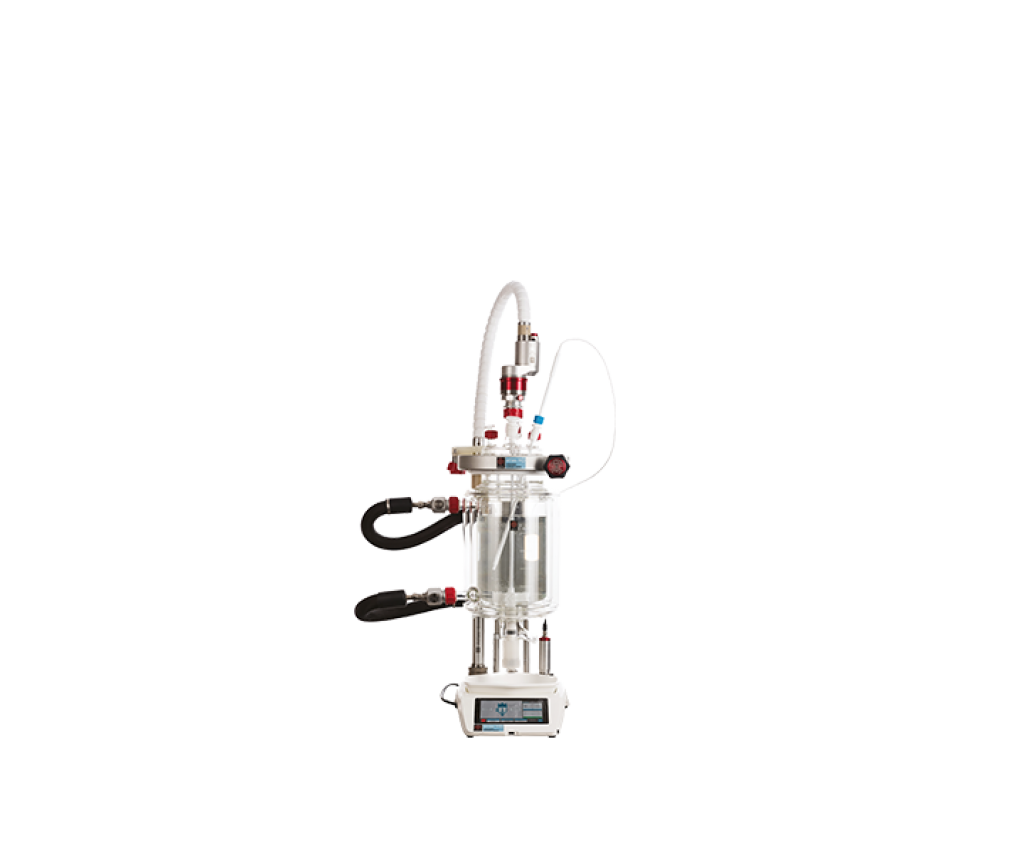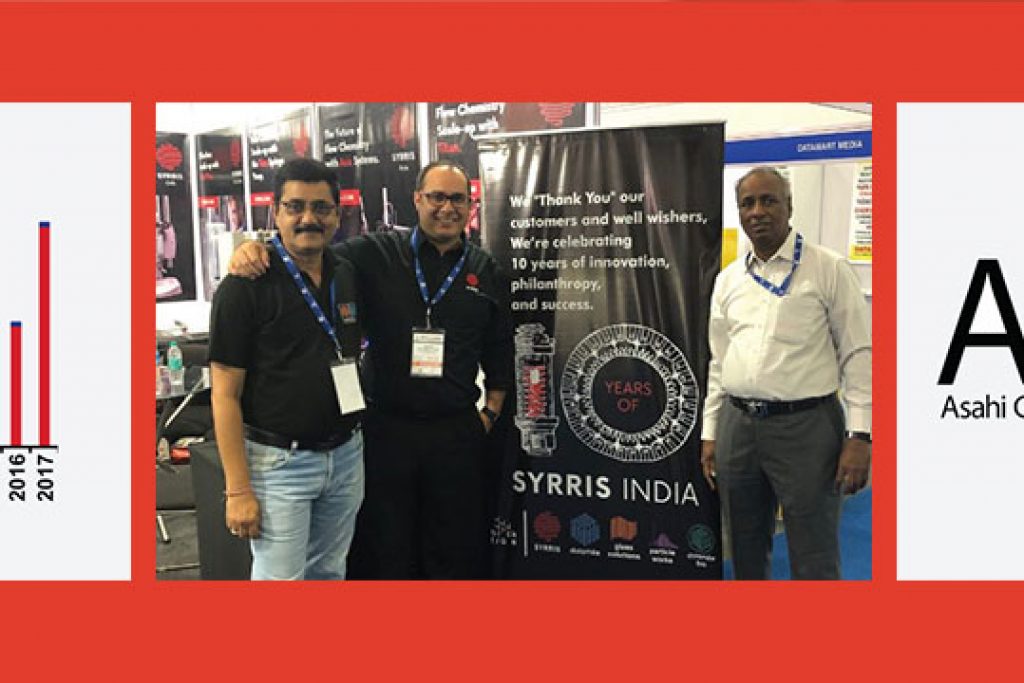With more and more people looking to scale up their chemical processes in flow, this question of assessing thermal hazards in scale up is becoming more and more important.
In traditional batch chemistry, there are a number of techniques used to assist in the scale-up process. Typically all reactions under consideration will first undergo a screening using DSC (Differential Scanning Calorimetry). Following this, any reaction that has a potential for being a thermal hazard will undergo reaction calorimetry, where the actual heat of reaction is measured on a scale of approx 250ml-2L. The results of this experiment yield enough information for chemical engineers to work out what is required for scaling to much larger vessels. The scale-up then usually proceeds by no more than a factor of 10; 250 mL to 2 L to 20 L to 200 L to 2000 L (depending on the desired amount of product to be achieved). In traditional batch chemistry, chemists can use batch reaction calorimetry systems – such as the Atlas HD Calorimeter and the more sophisticated Chemisens as the tool to measure the heat of reaction in the reaction calorimetry step.
Reaction calorimetry in continuous flow
How do chemical engineers assess the thermal hazards when scaling continuous flow reactions?
With the desire to scale up reactions in flow, there may be a gap in the market. Currently, chemical engineers are still performing batch calorimetry on processes in continuous flow. However, the results yielded do not give particularly useful data as batch and continuous flow techniques are so different in nature.
Over the past 12 months, Syrris has been working with world-leading figures in continuous flow (Prof. Oliver Kappe) and reaction calorimetry (Fauske Inc) to enable calorimetry to be measured in situ in continuous flow. This can only be achieved using the ‘True Heat Flow’ technology in the Chemisens system. This article in Contract Pharma Magazine breaks down the theory, study, and results of the published paper.

